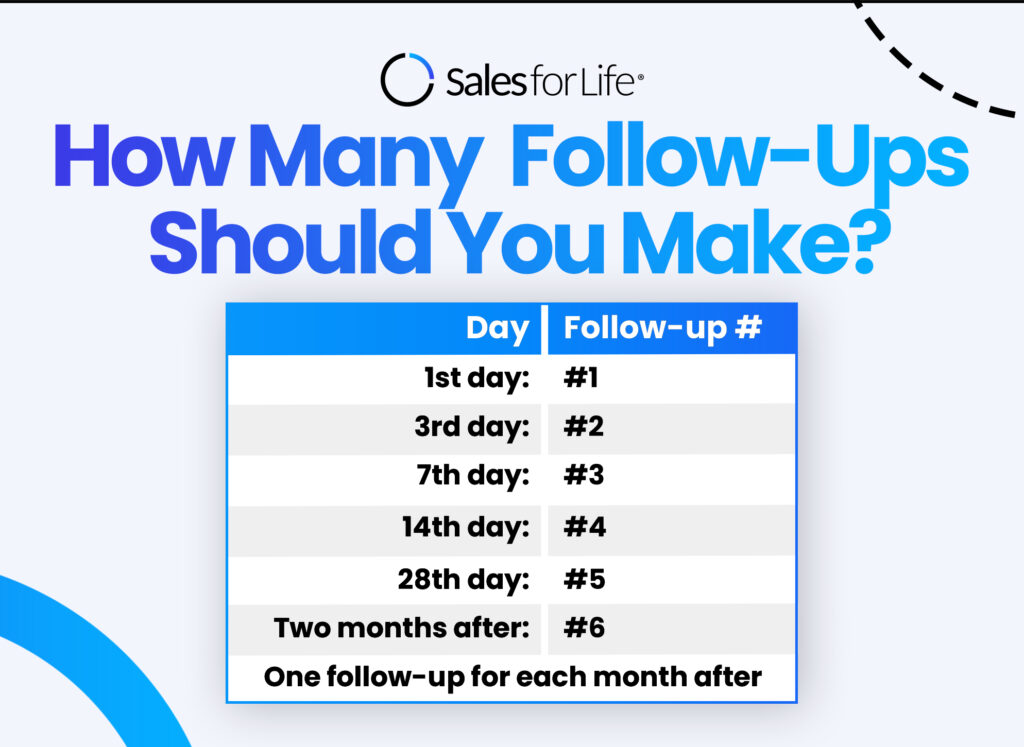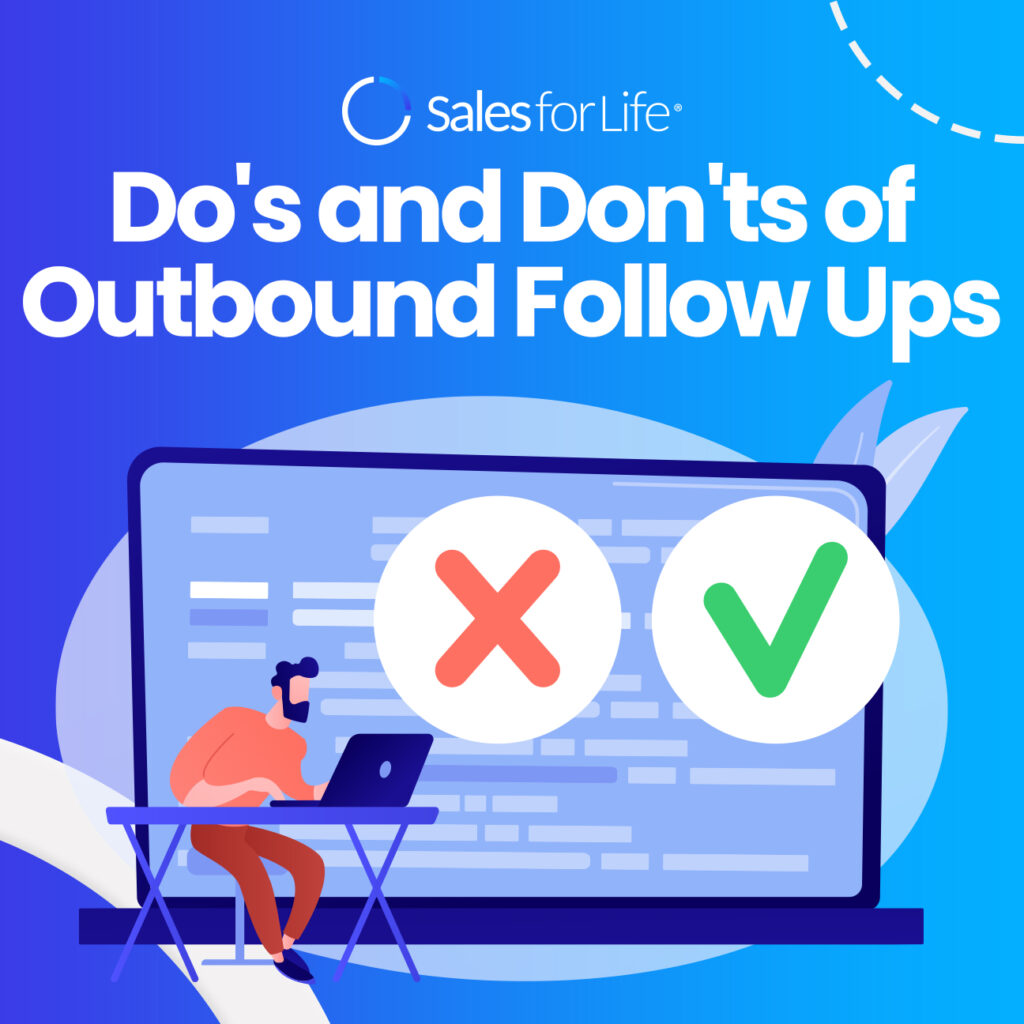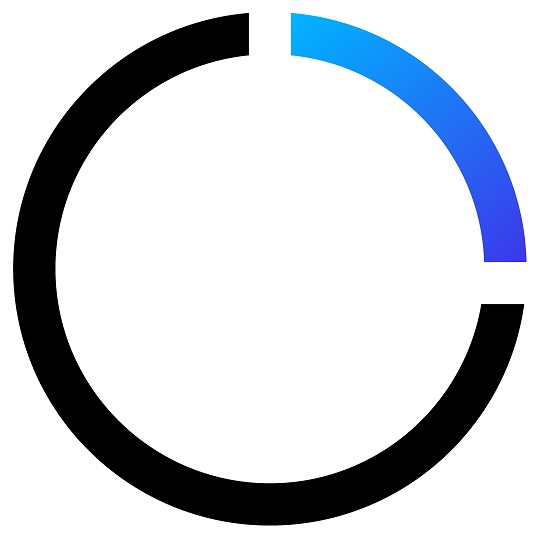You’ve just sent an intriguing and persuasive email to a prospect. You get a reply. They’re interested. They want a demo. They’re ready to speak with you. And then…that’s it. All work and no follow-ups make Jack a dull boy.
When making outbound sales, it’s easy to focus on setting the hook. The initial contact. The opening email. But more likely than not, you fail to continue the conversation and close deals after your first outreach.
In this article, we’re going to explore the often-overlooked follow-up.
What is an Outbound Follow-Up?
You’ve just made a sales pitch. You’re excited and hopeful, but there’s one small thing you need to do before you can put your feet up: follow up.
Following up with a potential customer is a great way to ensure that the customer does not forget about you or your company after the initial contact at the top of the sales cycle.
A sales follow-up can be the key to landing a sale. Follow-ups are a salesperson’s prompt to the prospective customer to take action, whether making an appointment, scheduling a meeting, or placing an order.
Setting your follow-up schedule can be challenging. You don’t want to annoy your prospects, but you also have a limited time frame to get the appointment or sale. The best way to approach this is to send emails or calls, beginning immediately after your initial contact and continuing for about a week after.
Sales follow-up is essential because it helps create a friendly, familiar relationship with your potential customers. It also allows you to answer any questions they might have and ensure they understand exactly what they’re getting into if they decide to purchase from you.

How Many Follow-Ups Should You Make?
When you reach out to someone cold, you must realize that they might not be expecting your email. The best way to get through that mindset is by following up with them multiple times. The first time, you should send a terse and concise email explaining who you are and what your company does, along with a link to your website and an offer that will help them.
You can follow up three days later with another email or call-to-action, but if they haven’t responded, it’s probably time to move on to other prospects.
If the prospect responds positively, it’s time for a more extended conversation—maybe over the phone or in person!
If the other person is a colleague or someone in your network, you might have an opportunity to connect with them again. But if it’s a stranger, you should probably move on.
You can usually tell if someone is interested in your offer when they say something like “I’m interested in learning more about [product name]. Do you have any time next week?” or “I know our schedules won’t sync up but let me get back to you when they do! Thanks for thinking of me!” This doesn’t mean they will buy from you—just that they’re willing to learn more about what you’re offering.
Here’s a general outline you can follow. It is possible to tweak this depending on your product and what conversations you’re having.
- 1st day: Follow-up #1
- 3rd day: Follow-up #2
- 7th day: Follow-up #3
- 14th day: Follow-up #4
- 28th day: Follow-up #5
- Two months after: Follow-up #6
- One follow-up for each month after

What To Do (and Not Do)
DO: Be persistent but not annoying. Inbound leads are easy because they come to you, but outbound sales require a little more work and persistence, so don’t give up too quickly if someone doesn’t respond immediately. If they don’t answer their phone or email, try again later in the day or week. If that doesn’t work, send them another email or call them again later in the week (but not too much later).
DO: Take notes about what worked for each person you call so that you know where it went wrong with others and can adjust accordingly the next time someone from that company calls you back.
DO: Be specific about what you want from them. Don’t just say, “Please reply if interested in scheduling a meeting next week at 3 p.m.,” because many people will simply delete that email without replying or taking action. Instead, clarify why they should respond (e.g., “If interested in scheduling a meeting next week at 3 p.m., please reply with confirmation and availability details by Tuesday morning”).
DO: Send them your email only when you have something relevant to send them. Don’t send random emails just because you haven’t sent one in a while. That will annoy them more than anything else.
DO: Follow-up with them if they reply to your email with a question or comment. You don’t have to write an essay every time, but at least acknowledge that you received their message, so they know you read it and care about their response.
DON’T: When you send an email asking someone for their information or a quote, you mustn’t make them feel guilty about not responding. If they haven’t responded yet, that means they’re busy and haven’t had time to get back to you yet. If you contact a prospect and they don’t respond, it’s not necessarily because they’re ignoring you. It could be that they just haven’t had time to reply. Or maybe they’re waiting for something else (like a response from another sales rep). Or perhaps they’re just not interested in what you’re selling.




